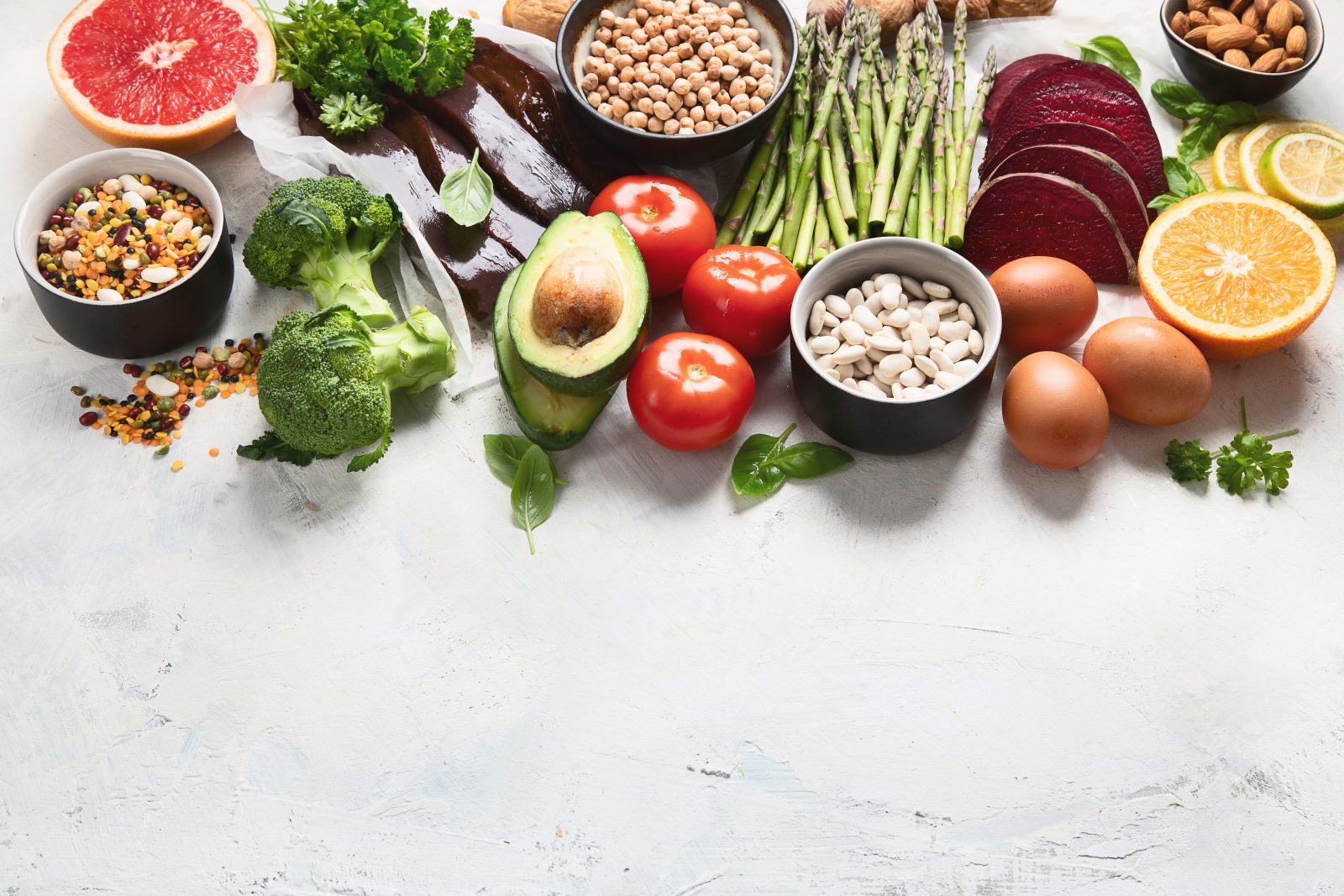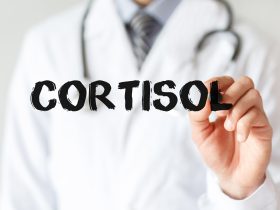Folate stands as an absolute essential throughout every stage of life, from nurturing fetal development and growth to safeguarding against cognitive decline and dementia. Adequate intake of folate and folic acid through foods plays a pivotal role in averting birth defects, maintaining heart and bone health, and potentially reducing the risk of specific cancer types.
Abundantly present in various fruits, vegetables, and legumes, meeting your folate requirements is surprisingly simple by adhering to a whole foods diet rich. These foods not only offer ample folate but also provide a spectrum of essential nutrients crucial for your body’s overall well-being.
Understanding Folic Acid: A Vital Vitamin for Health
Folate, also referred to as vitamin B9, stands as a crucial water-soluble vitamin with a significant impact on various aspects of our well-being. It has a very important role in facilitating cell division and the creation of new cells by replicating and forming DNA. In addition, it assists the body in using vitamin B12 and specific amino acids.
A deficiency in folate can lead to severe consequences such as:
- Fatigue
- painful mouth sores
- elevated risk of birth defects like anencephaly, heart problems, and spina bifida.
Folic acid, the synthetic form of folate, is commonly present in most prenatal vitamins, supplements, and fortified foods.
Many healthcare providers recommend folic acid during pregnancy to ensure that folate requirements are met, mitigating potential complications related to pregnancy.
Across the globe, numerous countries have regulations in place that mandate food manufacturers to fortify certain products with folic acid to prevent birth defects stemming from folate deficiency.
In the United States, for instance, the authorization for enriching cereal grains with folic acid was granted in 1996 and was fully implemented just two years later, in 1998.
Beyond its role in preventing birth defects, folate is associated with improved cognitive function, shielding against depression and Alzheimer’s disease. Moreover, it may contribute to alleviating symptoms of restless legs syndrome, maintaining strong bones, and promoting nervous system health.
How Is Folic Acid Different From Folate
Maybe you have heard people use these words interchangeably, but there are various differences between folate and folic acid.
Folate is naturally present in many food sources like fruits, vegetables, and legumes, while folic acid is the synthetic form of folate and is available in supplement form or incorporated into fortified foods such as enriched flour, pasta, cereal, bread, and rice.
An example of a tasty fruit that is rich in folate and vitamin B6 is the honeydew melon. Discover the benefits of honeydew melon and make sure to add it to your diet.
Certain studies suggest that folic acid is absorbed more effectively than folate obtained from food sources. A study featured in the American Journal of Clinical Nutrition revealed that the bioavailability of folate from food is approximately 78 percent as efficient as folic acid.
The optimal approach to meeting daily requirements of folate is incorporating folate-rich foods into your diet. However, it’s worth noting that these foods are also rich in other essential nutrients vital for overall health.
While folic acid supplementation might be beneficial in preventing deficiency for some individuals, it is still very important to consume nutrient-dense foods that can effectively fulfill your daily folate needs while also supplying you with an assortment of other crucial minerals and vitamins.
Top Folic Acid Foods for Boosting Folate Intake
Increasing your consumption of specific folate and folic acid foods can significantly enhance your folate intake, ensuring you meet the daily recommended values.
An adult has a daily requirement of approximately 400 micrograms of folate. However, for pregnant or lactating women, it rises to 600 micrograms and 500 micrograms, respectively. Luckily, you can simply meet these needs by integrating a variety of folate-rich foods into your diet.
Here are the top sources of folate and folic acid:
- Leafy Greens: Spinach, kale, collard greens, and Swiss chard are excellent sources of folate. The high level of folate represents one of the many reasons to consume celery juice and it’s easy to make and add to your diet.
- Legumes: Beans, lentils, chickpeas, and peas are high in folate content.
- Citrus Fruits: Oranges, grapefruits, and their juices are good sources of folic acid.
- Avocado: This creamy fruit contains a decent amount of folate.
- Broccoli: Rich in various nutrients, including folate.
- Asparagus: This vegetable is another great folate-rich option.
- Brussels Sprouts: Offering a healthy dose of folate among other nutrients.
- Fortified Foods: Enriched grains like bread, pasta, rice, and fortified cereals often contain added folic acid.
Incorporating these folate and folic acid-rich foods into your meals not only ensures you meet your daily folate requirements but also introduces an array of essential nutrients vital for overall health.
Keep in mind that folate deficiency can lead to various adverse symptoms like irritability, weakness, headaches, and fatigue. Moreover, it might signify potential underlying deficiencies in other essential vitamins.
If you suspect a folate deficiency, consult your doctor for a folate level test.
Obtaining folate from whole foods such as fruits, vegetables, and legumes is the optimal way to fulfill folate needs without risking adverse effects. However, if you opt to incorporate folic acid from fortified foods or supplements, it’s crucial to be mindful of your intake. Keeping folic acid consumption under 1,000 micrograms per day is recommended to avoid potential side effects that could affect your health negatively.















Find Us on Socials